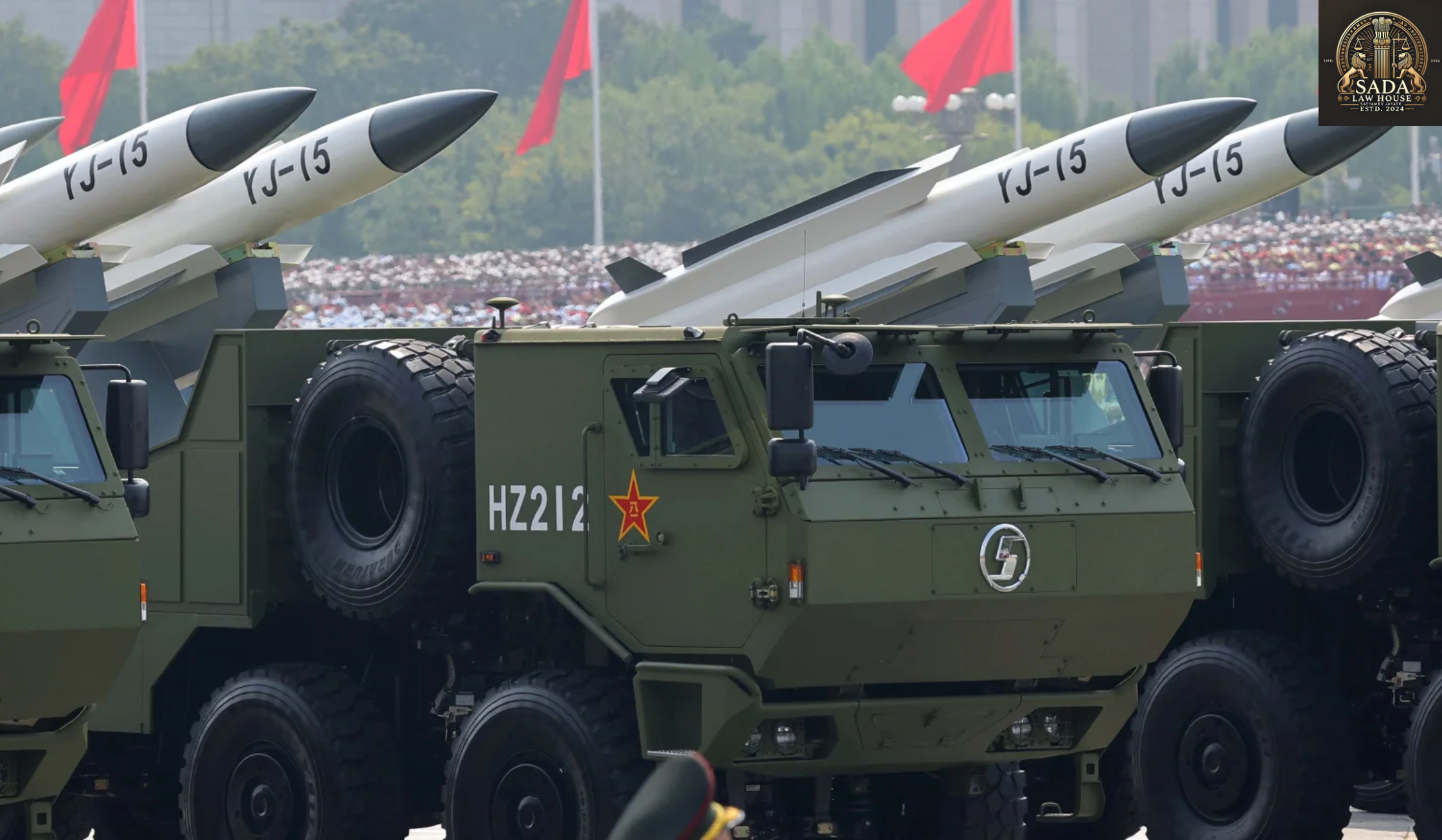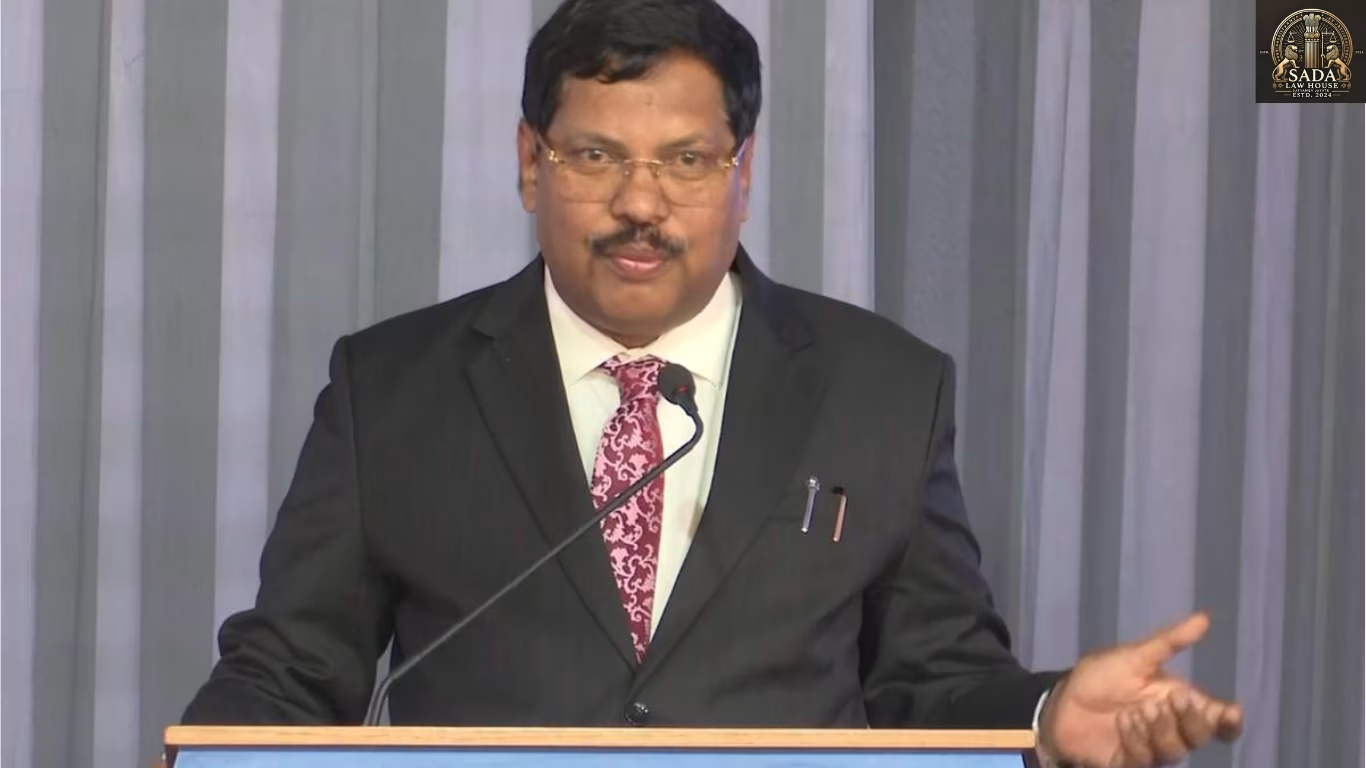China Unveils Military Might: Nuclear Triad, Hypersonic Missiles & Robot Wolves
- Shivani Garg
- September 3, 2025

Introduction
China’s Victory Day parade on September 3, 2025—marking the 80th anniversary of Japan’s WWII defeat—turned into a showcase of cutting-edge military capability. Far from symbolic, the parade projected Beijing’s nuclear readiness, technological innovations, and future-oriented warfare strategy.
Key Highlights of the Parade
1. Nuclear Triad & Hypersonic Strike Capability
For the first time, China publicly displayed its complete nuclear triad:
Air-launched JL-1 missiles,
Submarine-launched JL-3s, and
Land-based ICBMs such as DF-61 and DF-31.
The move placed China among the limited group of states openly demonstrating full-spectrum nuclear deterrence.
Advanced hypersonic and anti-ship missiles of the YJ-series (YJ-15, YJ-17, YJ-19, YJ-20) highlighted China’s capacity to penetrate traditional defenses and project power across the Indo-Pacific.
2. Unmanned Technologies & Robotic Warfare
The futuristic centrepiece: robotic “wolf” drones—quadruped machines capable of reconnaissance, supply delivery, and potential precision strikes.
Additional unmanned assets included:
AJX-002 underwater drones,
Expanded aerial drones, and
Dedicated cyber units.
These underscored China’s determination to integrate autonomous warfare platforms into its defense doctrine.
3. Strategic Messaging & Global Posturing
High-profile foreign leaders including Vladimir Putin and Kim Jong Un attended, amplifying the parade’s geopolitical weight.
Xi Jinping’s speech projected China as:
A technologically sophisticated military power,
A key architect of a “new world order,” and
A strategic counterbalance to the United States and its allies.
Analysis
Nuclear Transparency as Deterrence – Publicly unveiling the triad signals China’s readiness to compete with U.S. and Russian nuclear capabilities.
Shift Toward Unmanned Warfare – Robotic and drone-based systems highlight China’s future battle doctrine where autonomous machines supplement or replace humans.
Geopolitical Signaling – Inviting Moscow and Pyongyang leaders conveys Beijing’s intent to solidify an alternative power bloc against Western alliances.
Conclusion
China’s 2025 military parade was less about celebration and more about projection of power and deterrence. By revealing its nuclear triad, hypersonic capabilities, and robotic warfare systems, Beijing delivered a message of both strategic parity and futuristic ambition. The demonstration reinforces China’s intent to shape global security architectures and challenge U.S.-led dominance in the Indo-Pacific.






